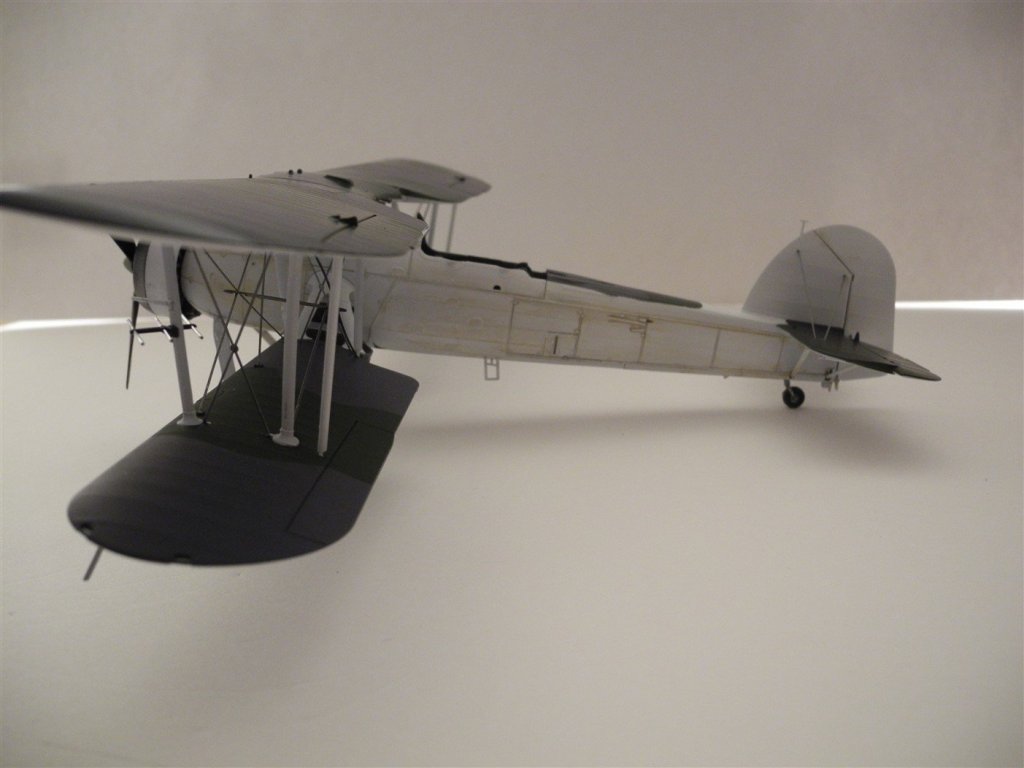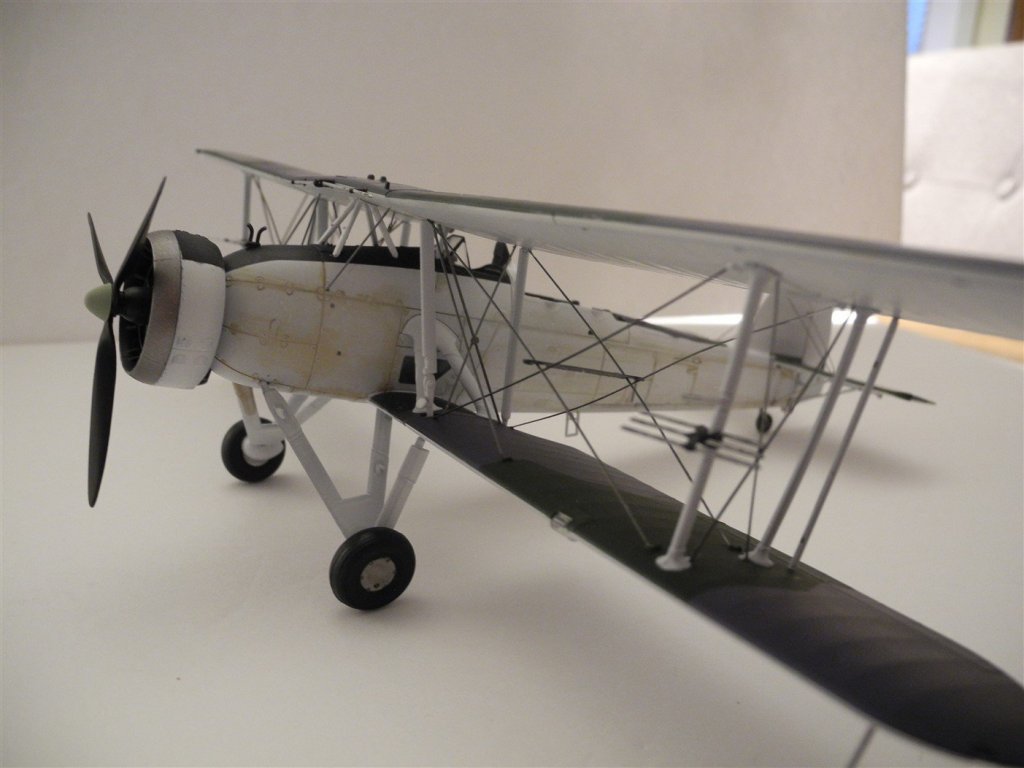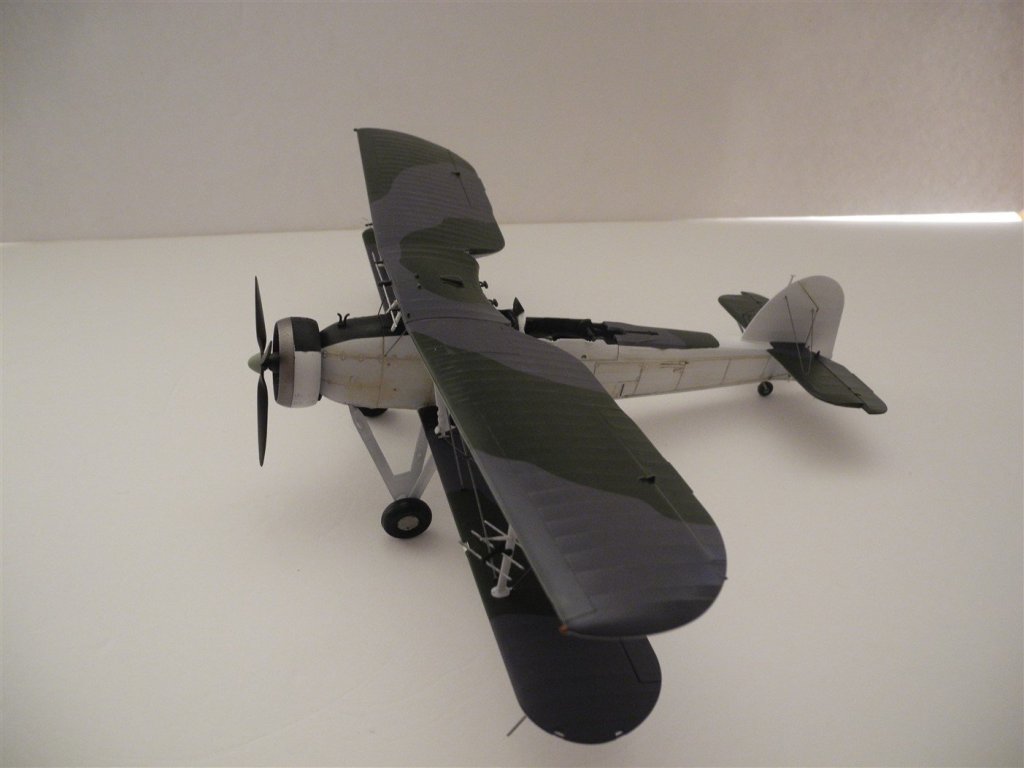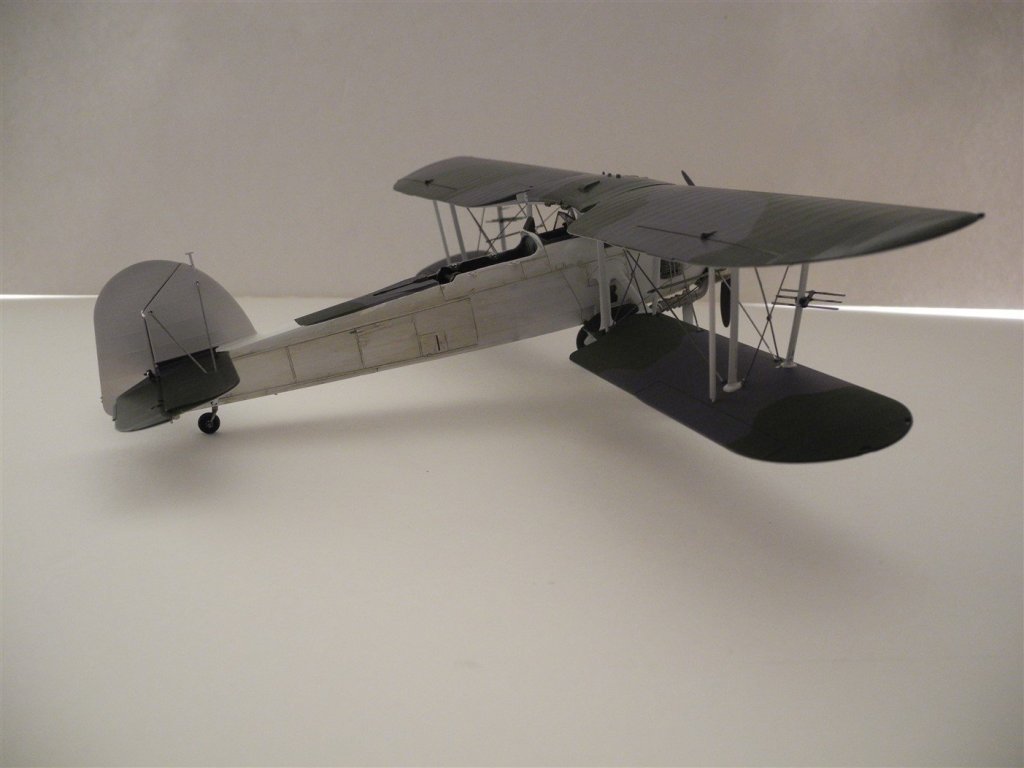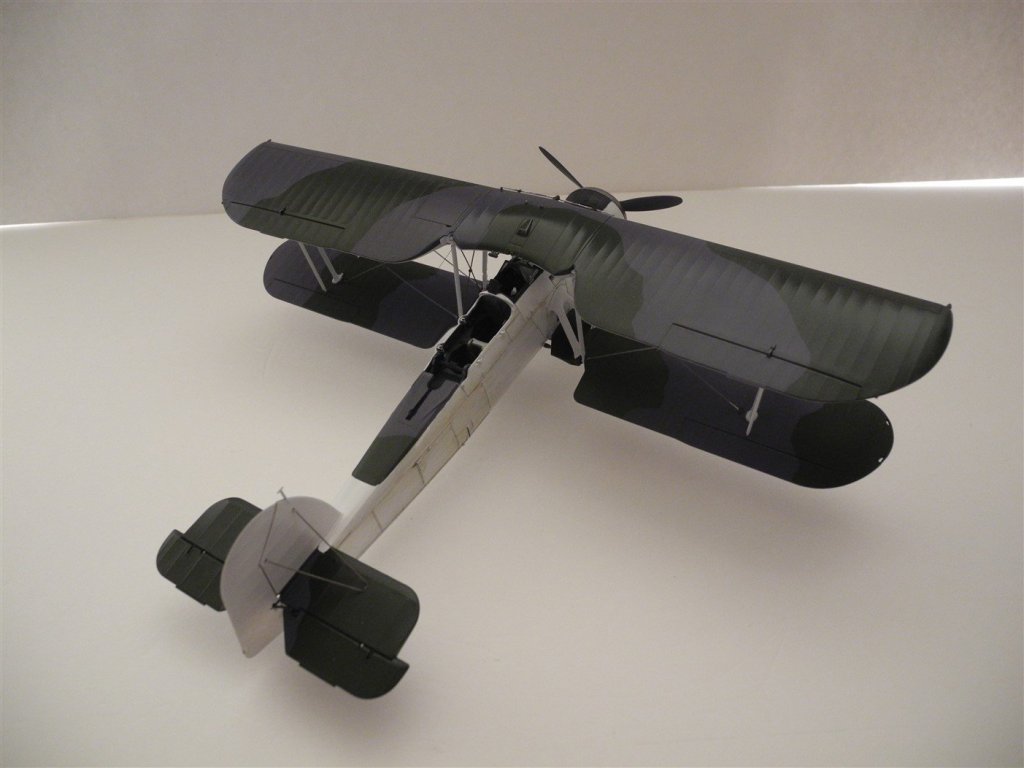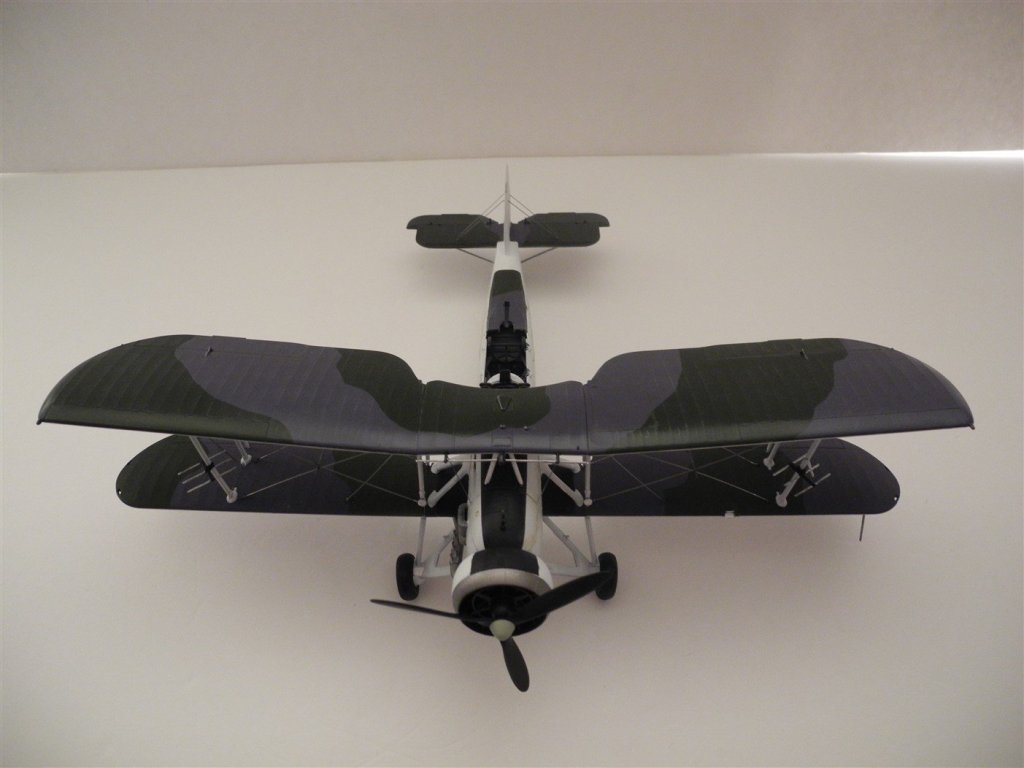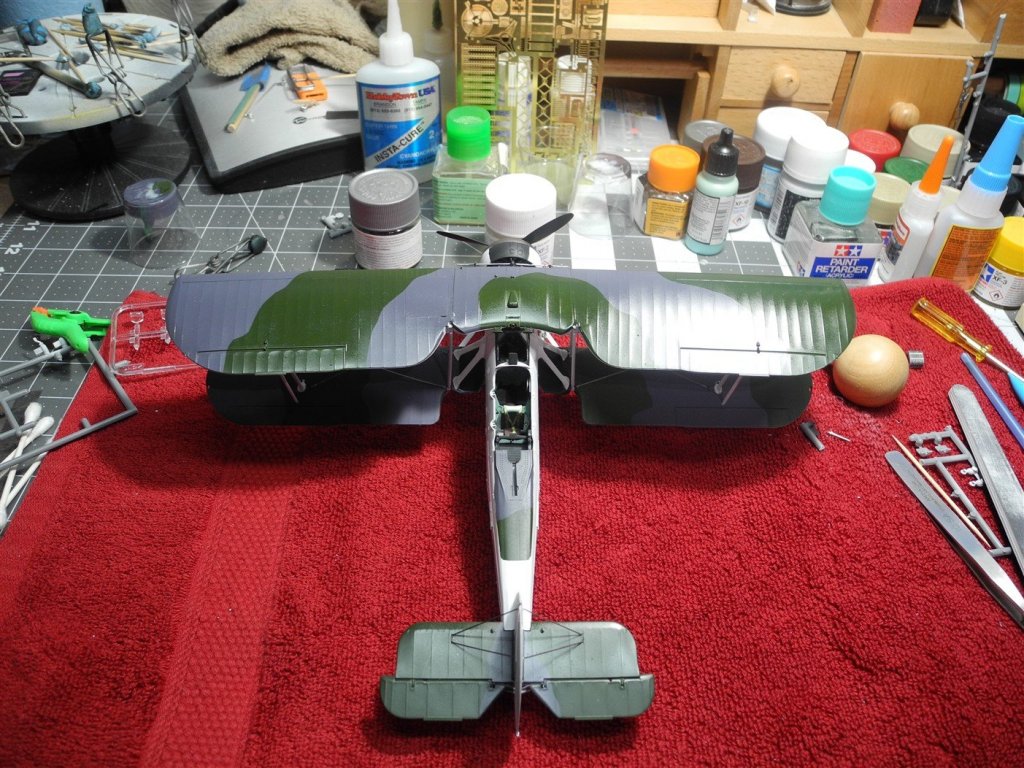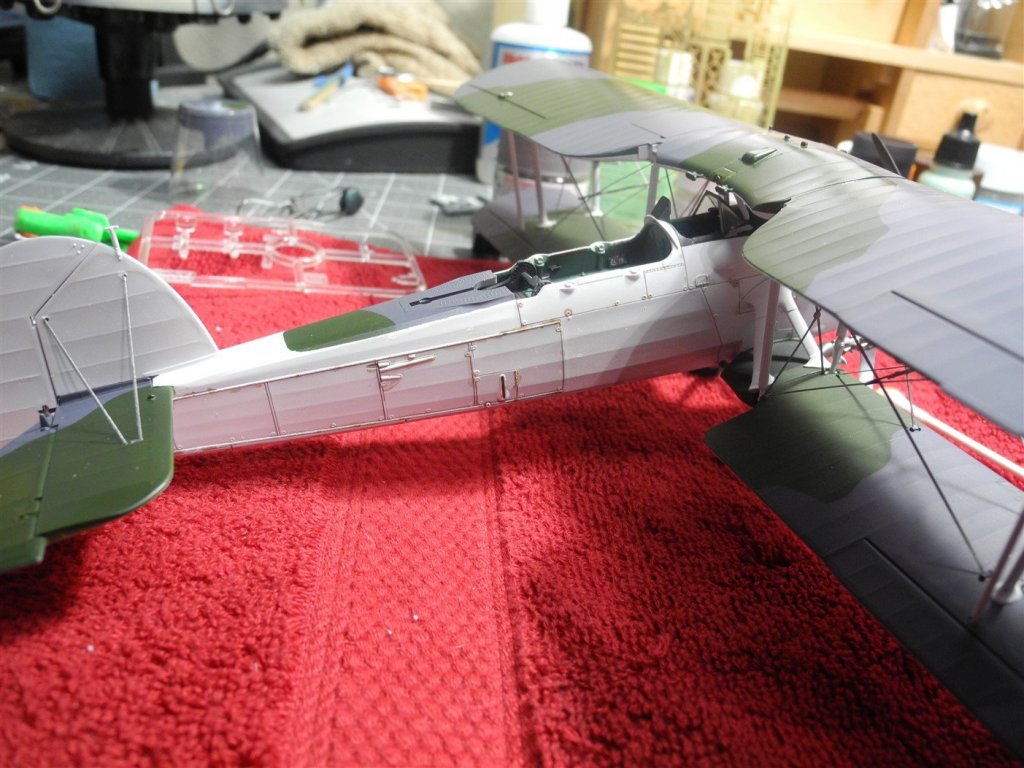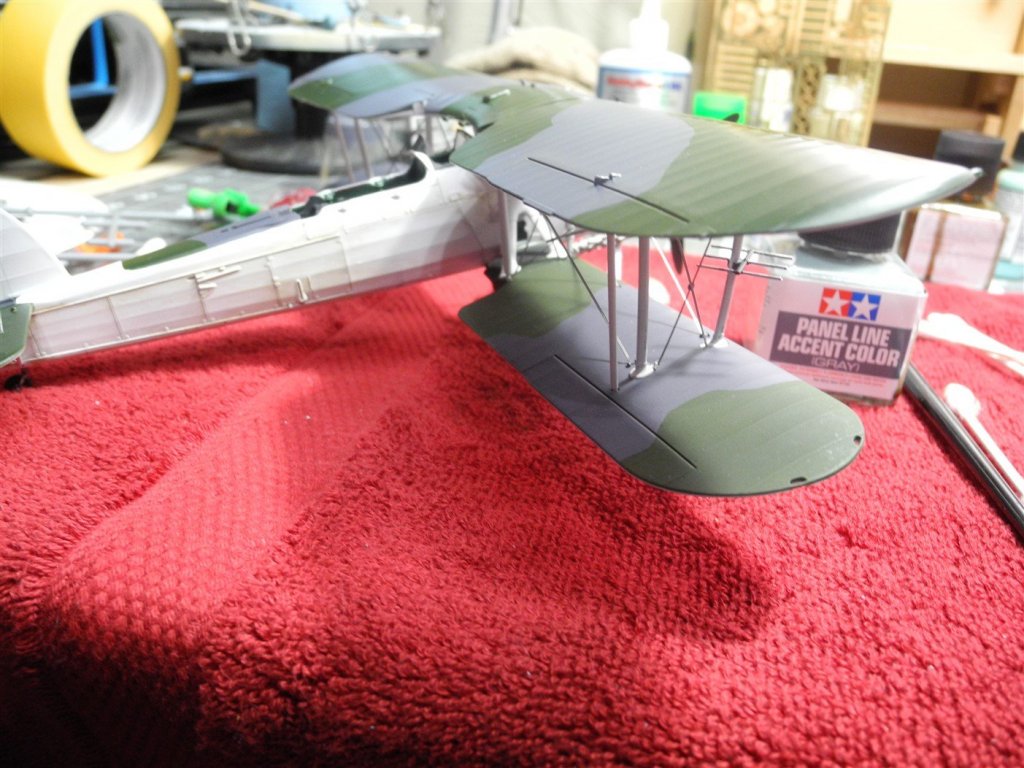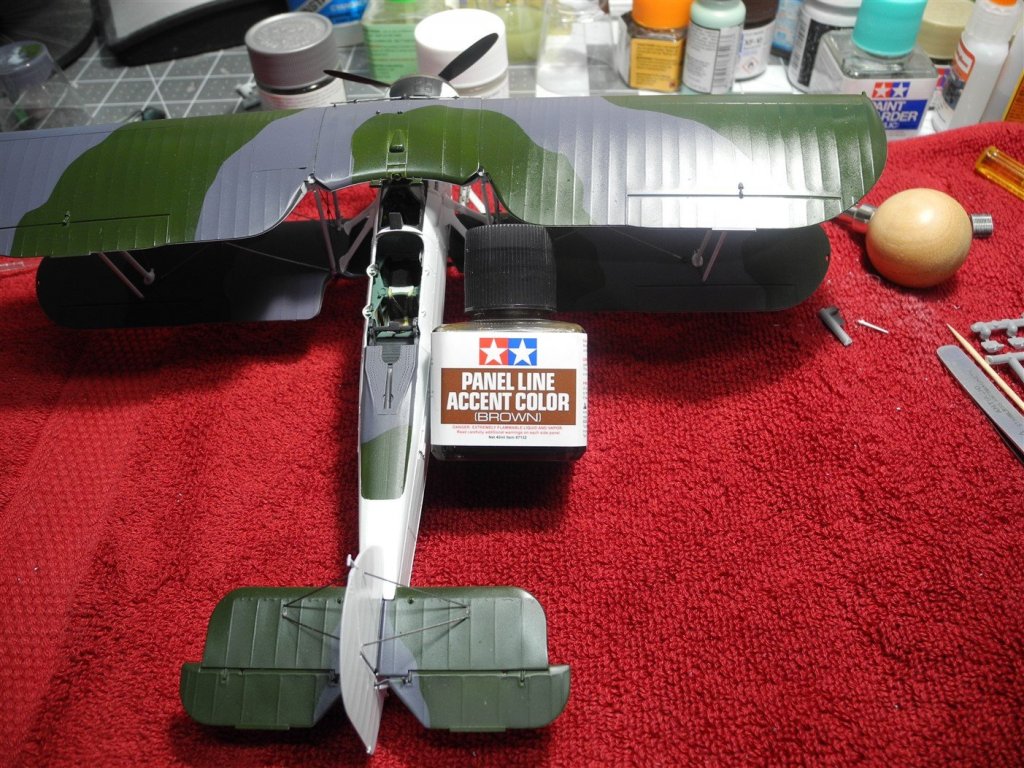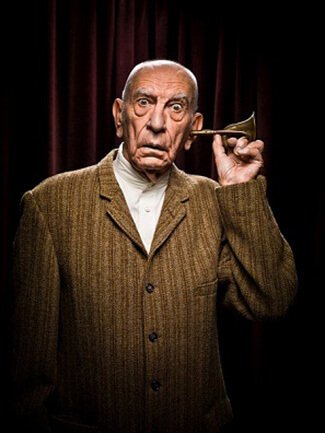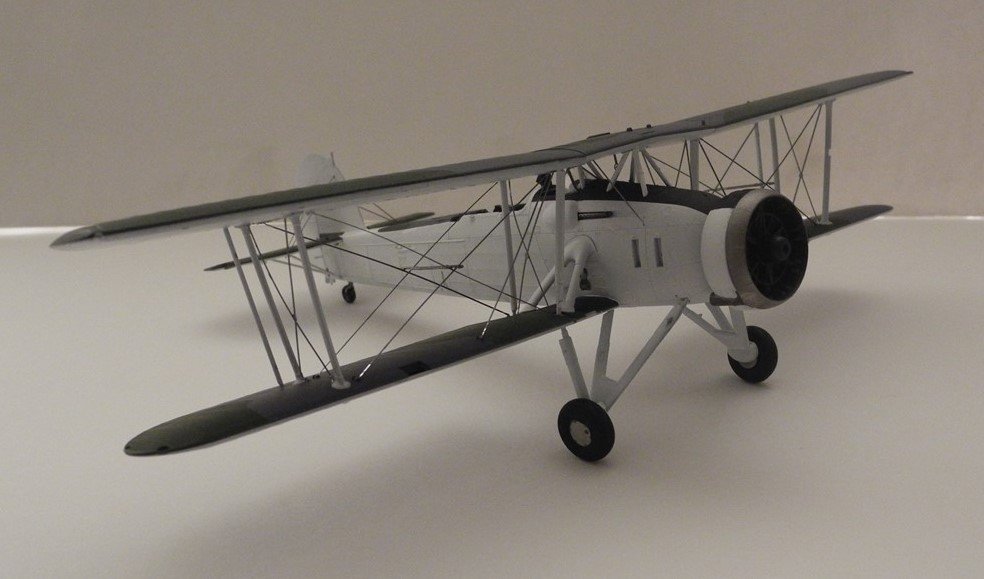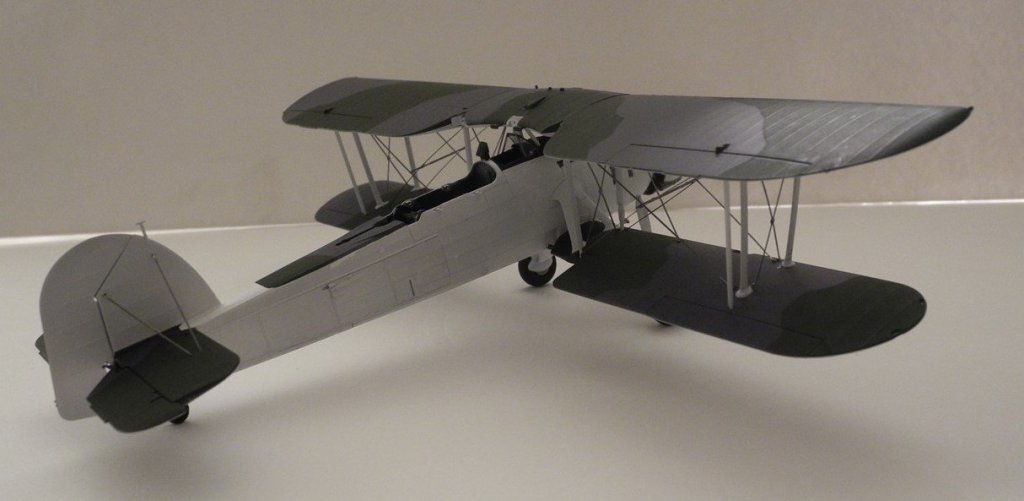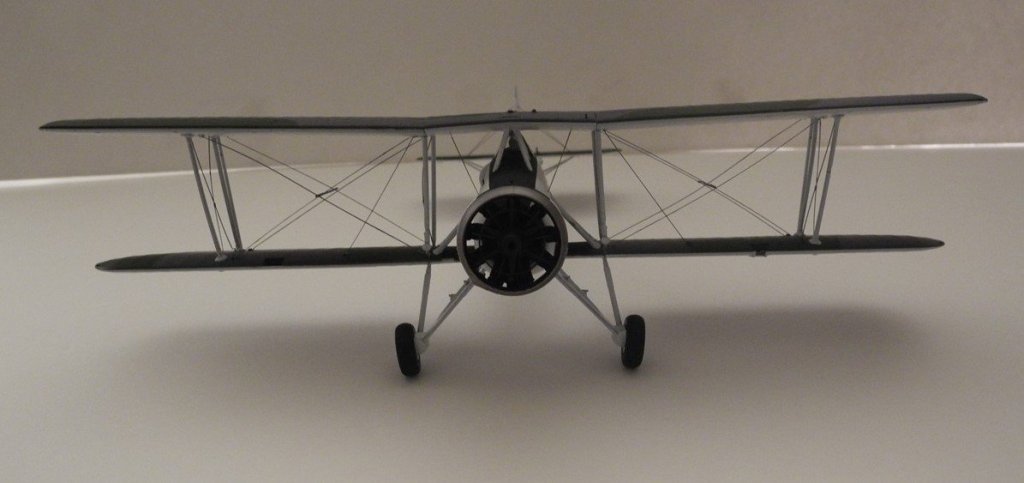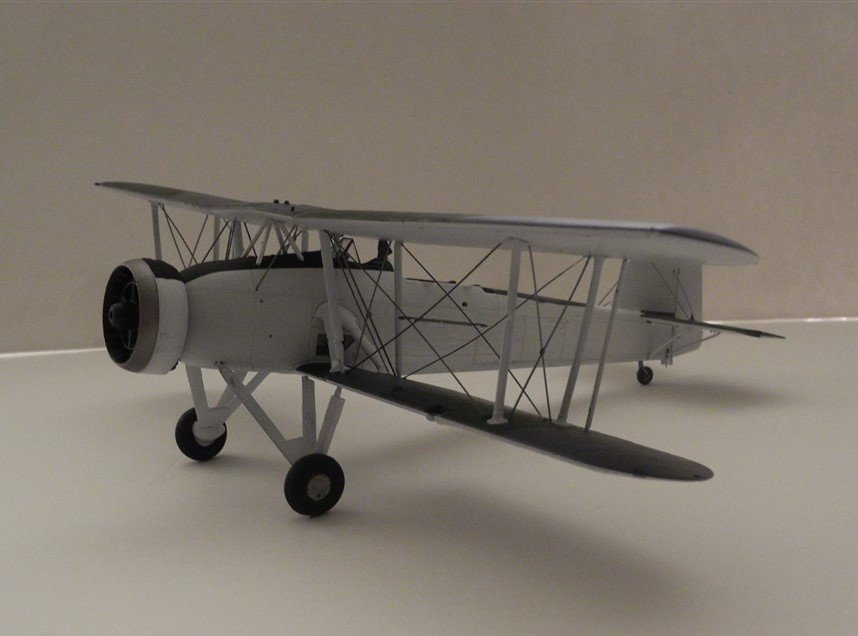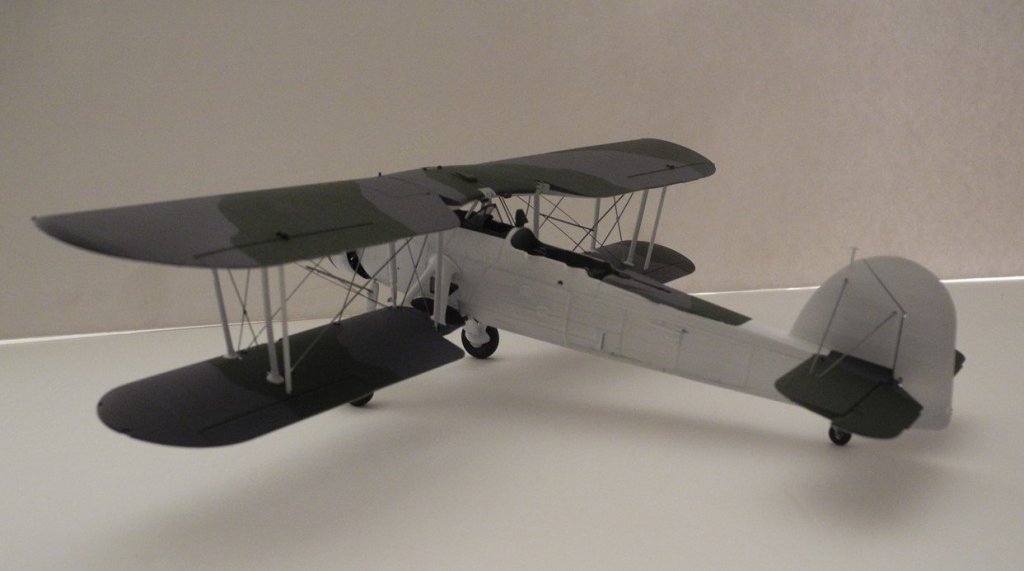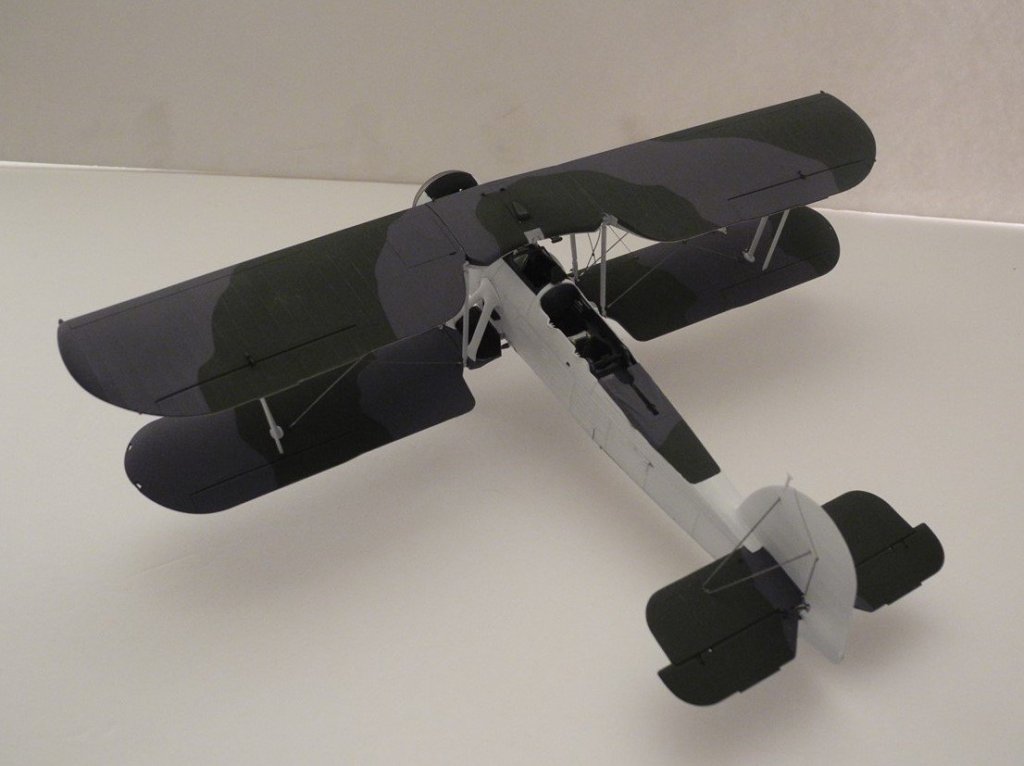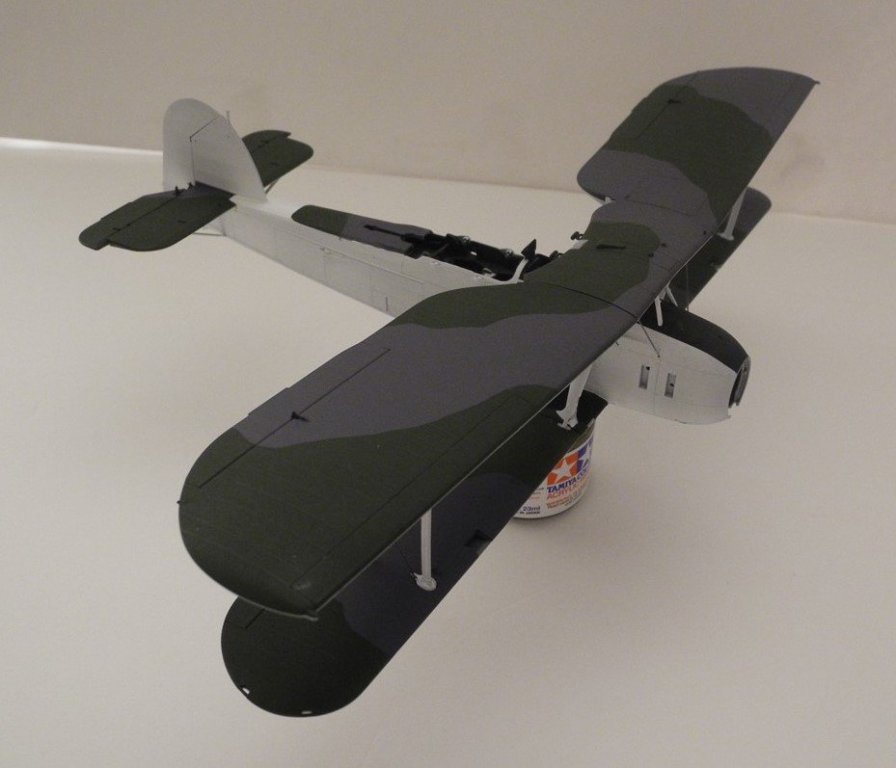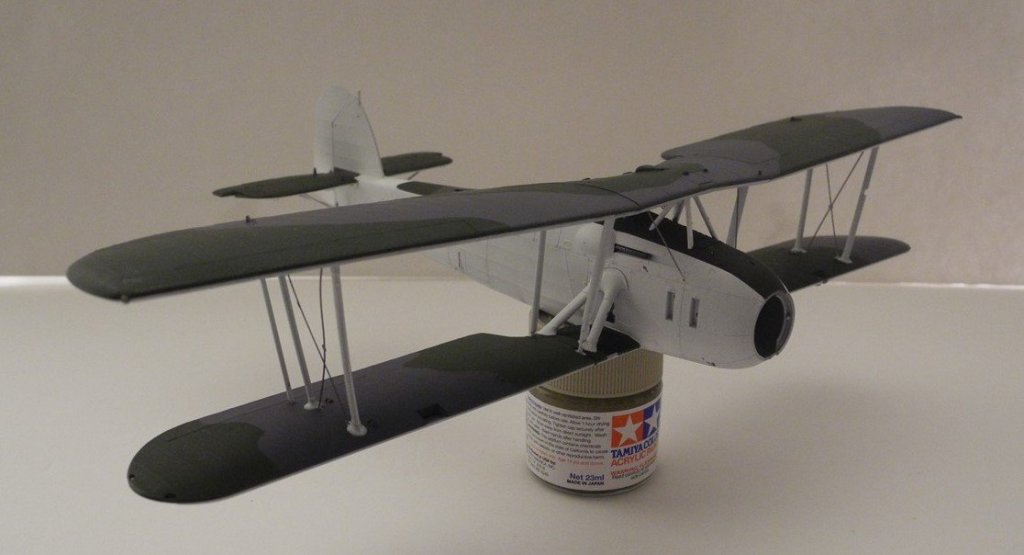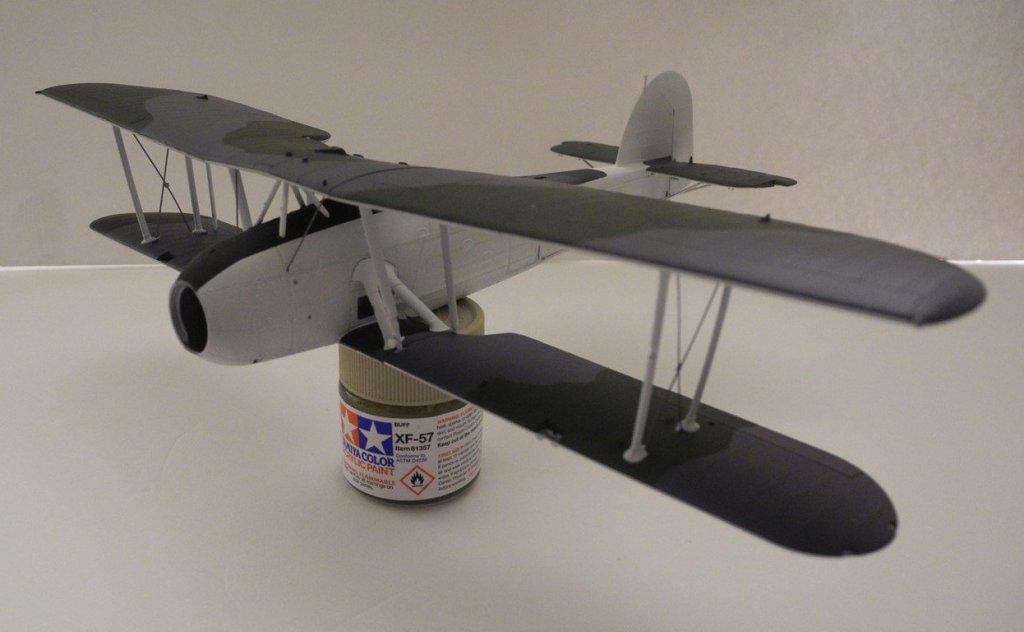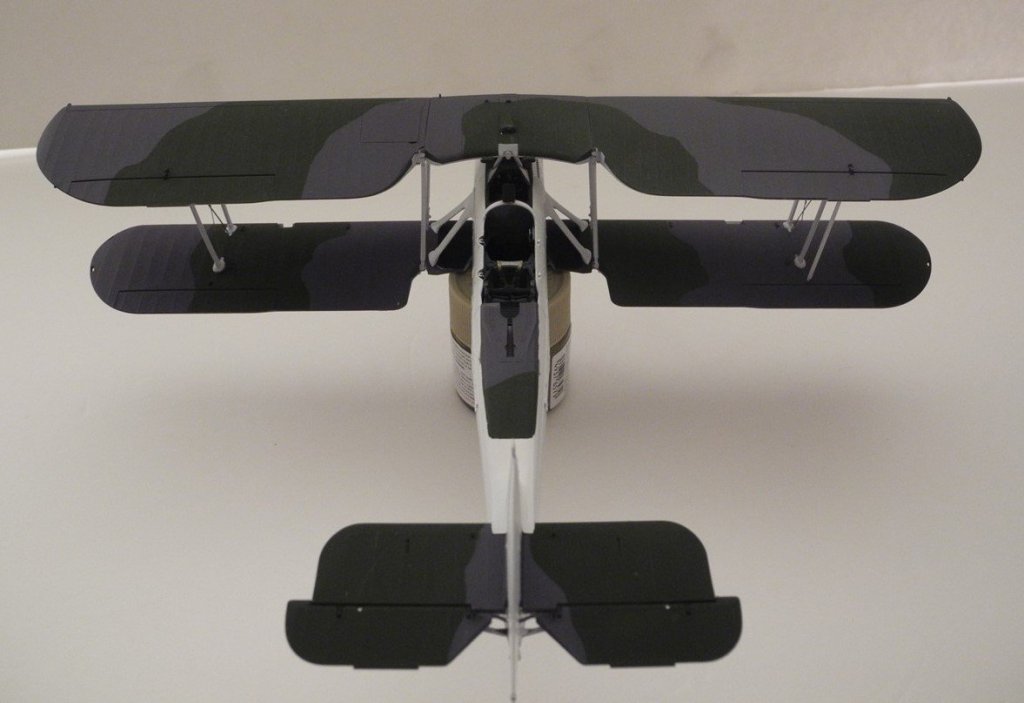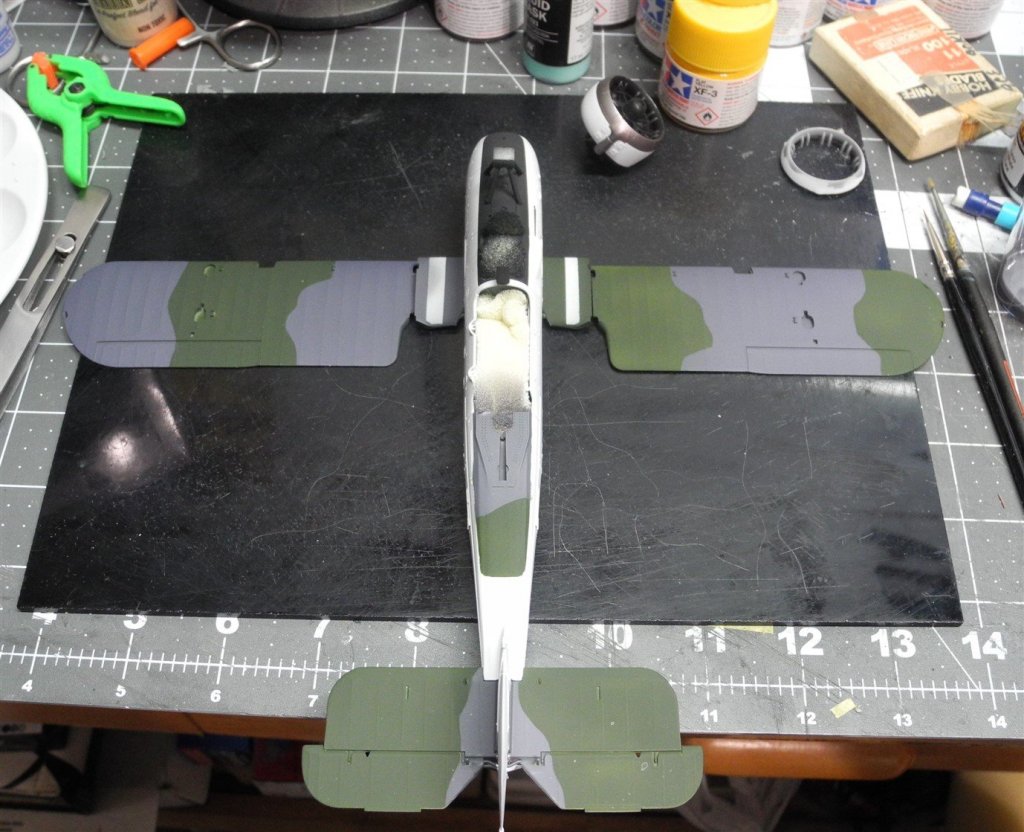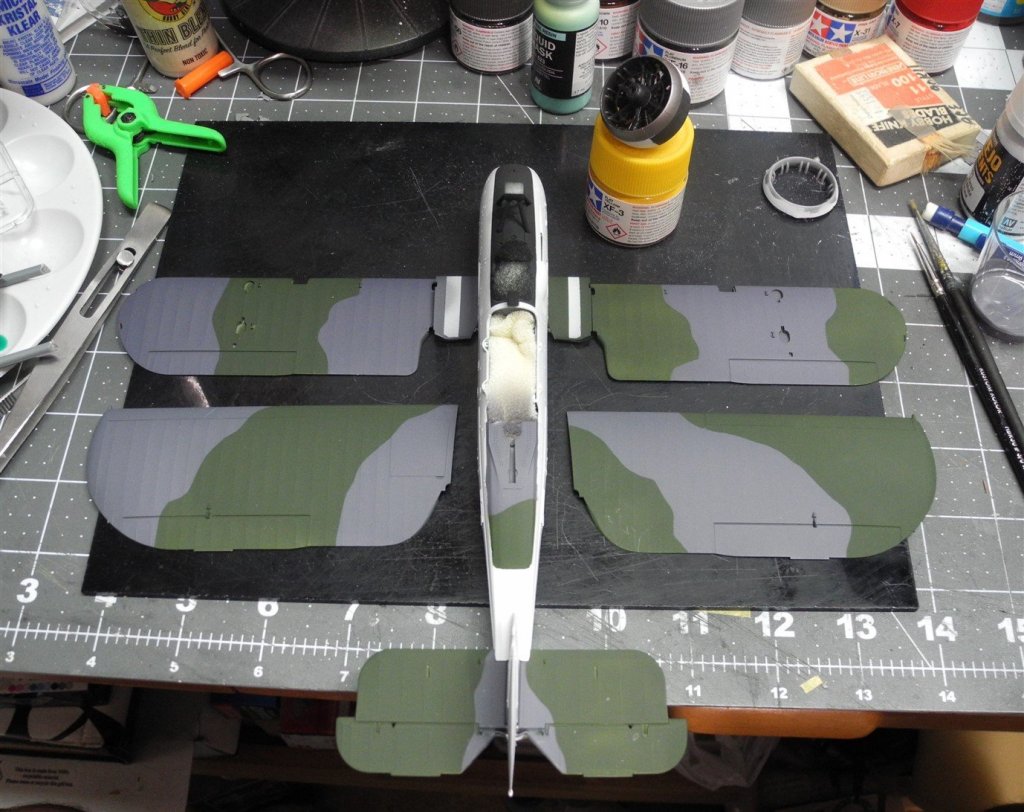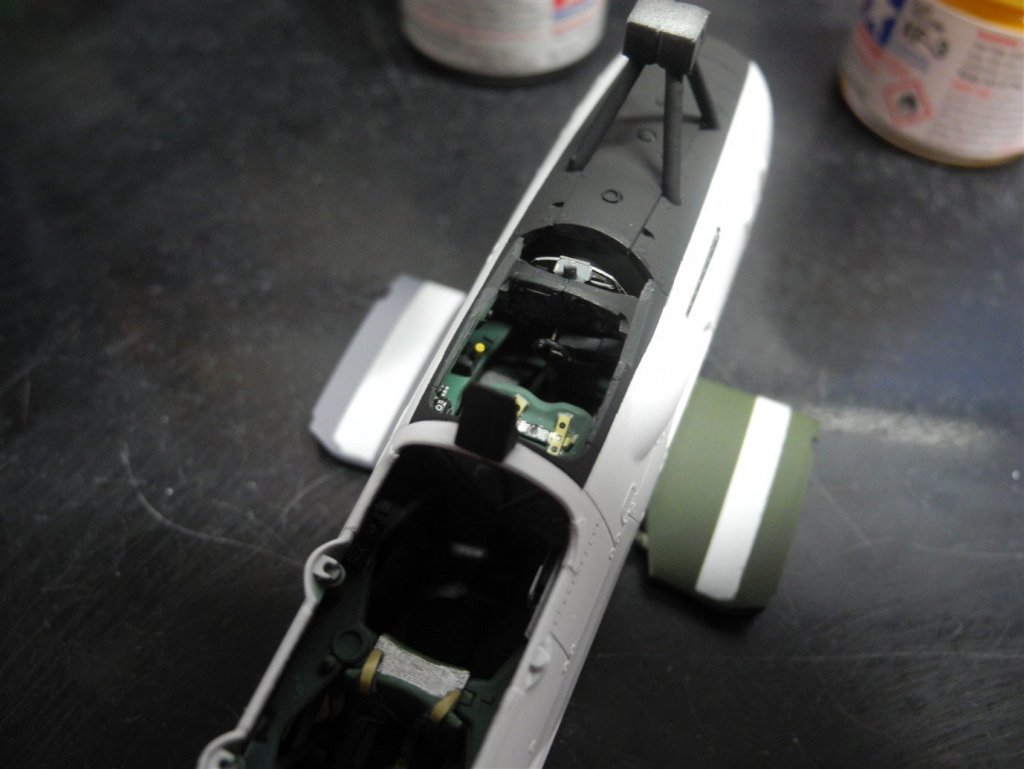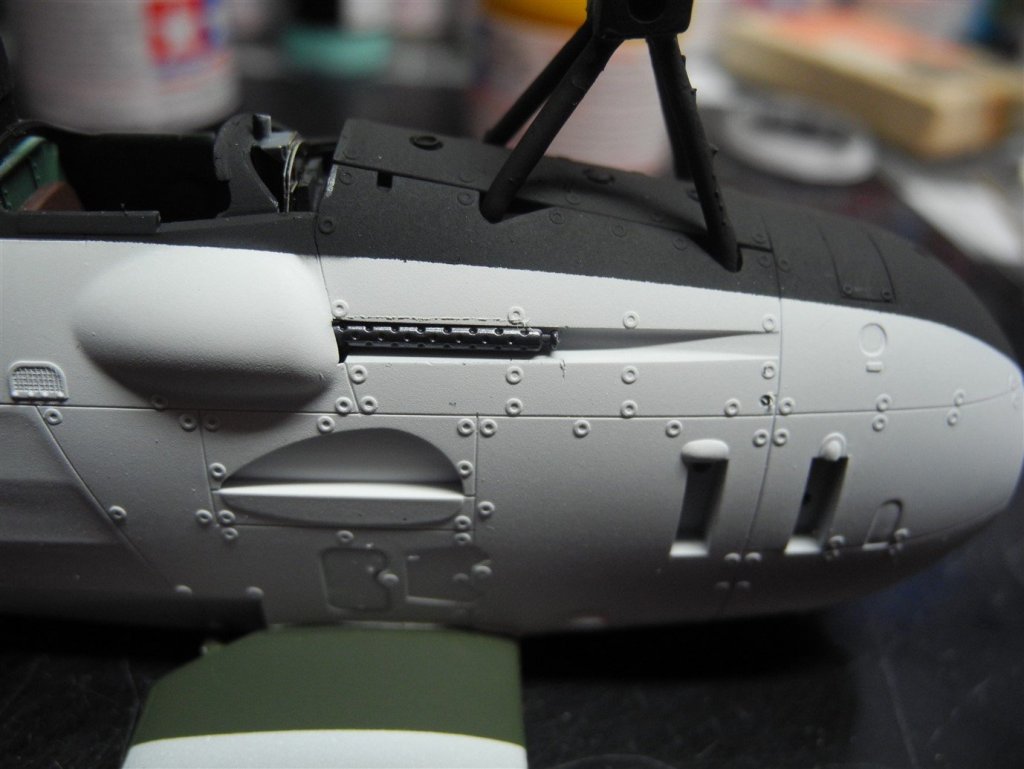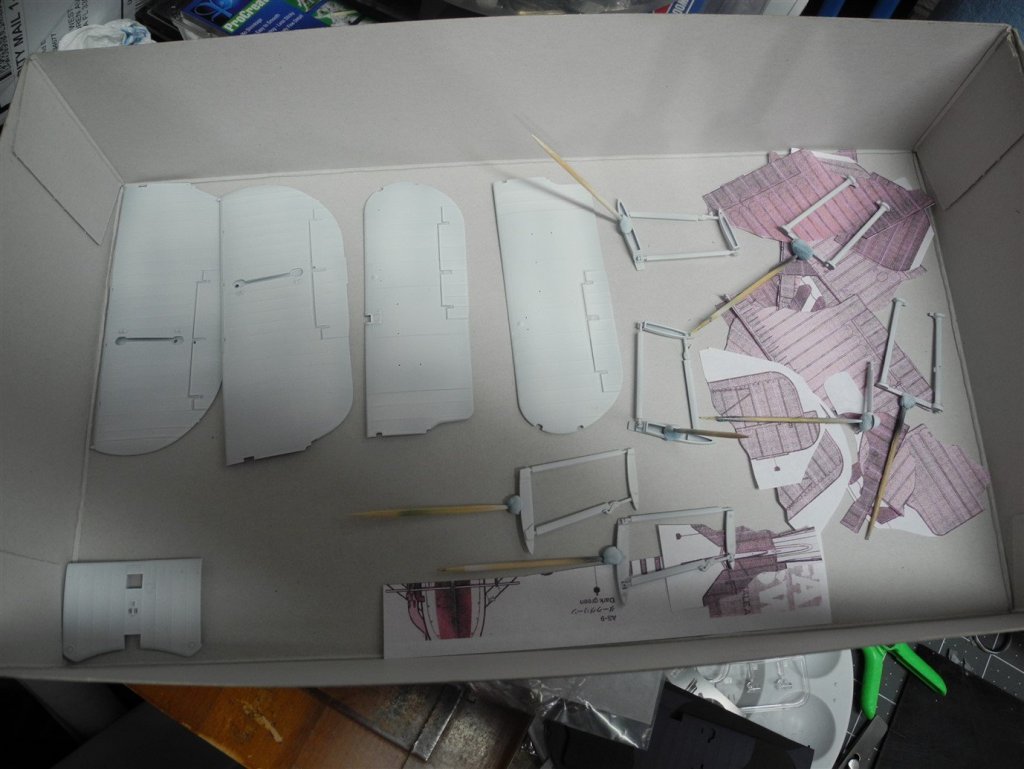-
Posts
7,747 -
Joined
-
Last visited
Content Type
Profiles
Forums
Gallery
Events
Everything posted by CDW
-

Phantom Henry J Gasser by jct - FINISHED - 1/24 scale - PLASTIC
CDW replied to jct's topic in Non-ship/categorised builds
Thanks! -

Phantom Henry J Gasser by jct - FINISHED - 1/24 scale - PLASTIC
CDW replied to jct's topic in Non-ship/categorised builds
Have you run across anyone who is making/selling resin engine kits? In the late 90's, early 2000's, there were several cottage industry people making really nice race engine replicas. Now, I have not seen any around. They were not cheap back then, but they were very nicely done and would give a whole lot of extra to any scale racing model. -

Phantom Henry J Gasser by jct - FINISHED - 1/24 scale - PLASTIC
CDW replied to jct's topic in Non-ship/categorised builds
Wow, some great Henry J pics! For a no-graphics/no-decals car, that 6th picture down from the top is a great looking Henry J gasser, for sure. For a name, got to love the Mr. Nasty gasser. His flames are sub par, but I like the old school look of that one, too. -
I have never used Life Color paints, so cannot make any comments on the suitability of either of the two thinners with that paint.
-

Phantom Henry J Gasser by jct - FINISHED - 1/24 scale - PLASTIC
CDW replied to jct's topic in Non-ship/categorised builds
The Anglia was a popular gasser body style. One named Underdog was a local favorite for me. He ran a straight six and that thing was so darned consistent, he took home trophy after trophy almost every weekend. An excellent driver. -

Phantom Henry J Gasser by jct - FINISHED - 1/24 scale - PLASTIC
CDW replied to jct's topic in Non-ship/categorised builds
Very interesting project JCT. I remember building the model long ago, but I don't remember ever seeing an actual Henry J at the strip, or on the street for that matter. I guess they were not a prolific car back then. -
Here, I have applied a gloss clear coat over the entire model in preparation for some Tamiya panel line shading solution, brown and gray. First the brown panel line solution is applied with any excess swabbed away with q-tips. Then the light gray wash goes down with the same q-tip treatment. Last, a light dry brushing with Vallejo white pigment powder over the model.
-
As a thinner for Tamiya paints as well as the Mr Hobby/Mr Color line of paints, you will not find a finer thinner than this: https://spraygunner.com/gsi-creos-mr-color-leveling-thinner/ It's fabulous. Mix 50-50 with the paint. As an alternative, use common rubbing alcohol (60% alcohol or higher) as a thinner. Works well with Tamiya paints and I use it all the time for a quick drying time. Mix 50-50. Cheap and easy to find.
-
You did a great job on the USS England, Jack. How did you like the Gator Grip glue for your photo etch? I think it makes the task lots easier to align and comes out much neater and cleaner.
-
Thanks for the comments, Richmond. If you go to Flory Models on Youtube, you can see tons of good examples of dry brushing techniques from Flory. He's a great modeler. Tamiya and Mr Hobby actually make panel line washes. They are much different than the Flory clay pigment washes. To be honest, they are little more than the "old school" washes we used long ago from Turpentine (or Turpenoid) with a dash of artist oil paint of your choice. I believe they have mixed in some naptha to help it dry faster. The down side to the old school wash of turpenoid and artist oil was a slow drying time. Also you have to take some extra care with that type of wash as it (turpentine) will soften the underlying paint.
-
Thanks Denis. Tamiya provides a 1:1 drawing of the finished airplane and camo scheme in the kit. I photo copy the drawing, then cut it apart to create my painting masks. Makes it quick and easy to get the almost identical paint/camo scheme as is shown on the plans. This plane did have some tricky masking that had to be done on small areas in various places.
-
Thanks Lou. Right now, the flying wires (photo etched) are taking me a little longer than I anticipated. Tamiya provides a little punch tool on the photo etch fret for pre opening the holes in the wings and fuselage where the photo etch wires will attach (slide in fit). The tool doesn't actually give quite enough of an opening, resulting in fiddling around later trying to get the wires to fit. It wouldn't be a problem if I had anticipated it ahead of time, but I didn't. So far, that's my only little hang-up with this kit. But all things considered, flying wires from ez line or similar thread is not a quick proposition either. But I do feel a little more comfortable with thread than I do the photo etch though. This is my first biplane rigged with photo etch flying wires.
-
A dry fit along the way to the finish of the Swordfish construction. Many modelers have said this is the finest fitting, best engineered kit Tamiya had made. Those comments came a decade ago. Perhaps there are even better kits from Tamiya today, but I can vouch for the engineering and fit of this model. Goes together very well indeed.
-

Green Elephant funny car by jct - FINISHED - 1/24 - PLASTIC
CDW replied to jct's topic in Non-ship/categorised builds
I knew guys who destroked the 400's as well. A 327 crank and I forget which rods they used. I think it came out to around 350 cubic inches, + or -. Big bore, short stroke. Hand grenades. 😁 -

Green Elephant funny car by jct - FINISHED - 1/24 - PLASTIC
CDW replied to jct's topic in Non-ship/categorised builds
Is that a Henry J in the strip tank? -

Green Elephant funny car by jct - FINISHED - 1/24 - PLASTIC
CDW replied to jct's topic in Non-ship/categorised builds
The 400 was my all-time favorite small block Chevy to build as a street rod mill. I used to harvest the 400 blocks from junk cars and keep them in my garage for engine building. While many sought out the 4 bolt main bearing blocks, I preferred the 2 bolt mains and would have the bolts added at the machine shop for the 4 bolt setup. It turned out a beefier, stronger, main bearing cap setup IMHO. You just can't beat the torque performance of a 400 small block in a street machine. Loved it. Great bore-stroke ratio. -
Thanks OC I was doing some reading on the Swordfish this weekend. As you probably know, she came into the war an outdated old bird, but she stayed in service during the entire duration of WW2. She served in the North Atlantic under severe conditions, doing anti submarine duty. While often times weather was too severe for the more modern aircraft to even be on the flight deck, the Swordfish was airborne, doing her thing. She was radar equipped, too.
-
Here are the results of this weekend's labor. Masking and painting all the main pieces. With a few unexpected interruptions, was unable to get as far along as I wanted. Over the course of this week, want to get the remainder of the model finished. We shall see. The colors used are Tamiya flat white; Tamiya gray violet (gray + a dash of purple); Tamiya dark green (IJN green + green); Tamiya rubber black The color call outs call for Tamiya rattle can colors for the gray violet and dark green (AS4 and AS9) but I detest rattle cans, so I mixed it by eye to my own until I was satisfied with it. The wing roots are not finished. Flat black walkways need to be masked and painted on. v
-

Green Elephant funny car by jct - FINISHED - 1/24 - PLASTIC
CDW replied to jct's topic in Non-ship/categorised builds
My dad was a real hard-nosed sort who wanted me always to do the right things...When the Vegas first came out, I went to the Chevrolet dealer and put in my custom order. Picked out all the options I wanted, the colors, etc., then gave them my down payment and waited for it to be built. In the meantime, I came home and told my dad about it. He said, "let me see that contract". He summarily marched my happy butt back to the dealer (he knew the owner well) and demanded I get my deposit back and canceled my order. Said I had no clue what I was doing and had been shafted. He then took me new car shopping and showed me how it's really done. He gave me my first lesson in new car buying negotiations 101. 😎 My dad was the real deal, for sure. -

Green Elephant funny car by jct - FINISHED - 1/24 - PLASTIC
CDW replied to jct's topic in Non-ship/categorised builds
You did phenomenal to get 100,000 miles out of your Vega engine. Most of them ended up with a cracked block or head before they ever got that far. Bad casting, I guess? If I remember correctly, they were aluminum.
About us
Modelshipworld - Advancing Ship Modeling through Research
SSL Secured
Your security is important for us so this Website is SSL-Secured
NRG Mailing Address
Nautical Research Guild
237 South Lincoln Street
Westmont IL, 60559-1917
Model Ship World ® and the MSW logo are Registered Trademarks, and belong to the Nautical Research Guild (United States Patent and Trademark Office: No. 6,929,264 & No. 6,929,274, registered Dec. 20, 2022)
Helpful Links
About the NRG
If you enjoy building ship models that are historically accurate as well as beautiful, then The Nautical Research Guild (NRG) is just right for you.
The Guild is a non-profit educational organization whose mission is to “Advance Ship Modeling Through Research”. We provide support to our members in their efforts to raise the quality of their model ships.
The Nautical Research Guild has published our world-renowned quarterly magazine, The Nautical Research Journal, since 1955. The pages of the Journal are full of articles by accomplished ship modelers who show you how they create those exquisite details on their models, and by maritime historians who show you the correct details to build. The Journal is available in both print and digital editions. Go to the NRG web site (www.thenrg.org) to download a complimentary digital copy of the Journal. The NRG also publishes plan sets, books and compilations of back issues of the Journal and the former Ships in Scale and Model Ship Builder magazines.

.jpg.7e80607770d9078b2f0b470e8c9c33ac.jpg)

